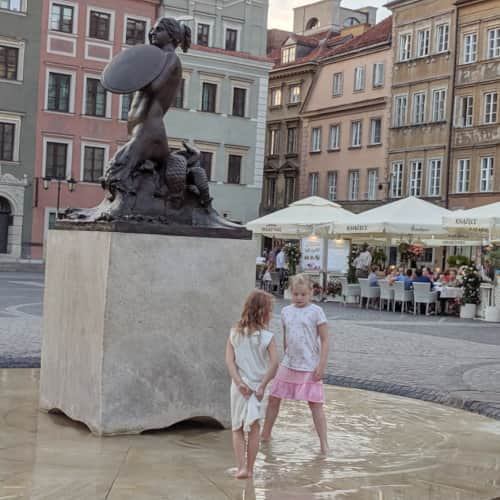Defensive Walls Warsaw - a walk along the city walls
Town: Warszawarestaurant Restaurant or bar nearby
wc Toilet along the route
baby_changing_station Baby changing facilities along the route
wc Toilet for the disabled along the route
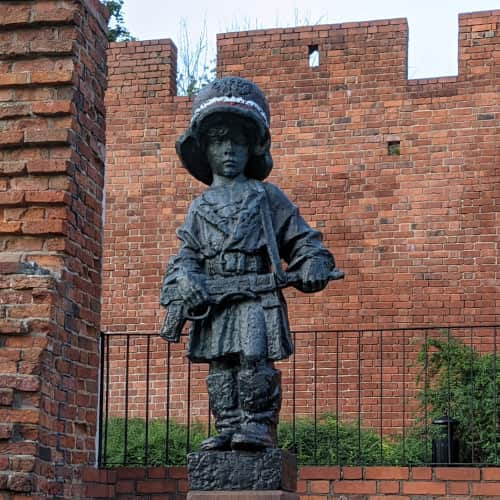
Why were defensive walls built around cities?
The answer shouldn't be difficult even for the youngest - after all, their name suggests it. The walls protected the city from enemy attacks. As the city's significance grew, its fortifications were gradually strengthened - ancient Warsaw was surrounded by a double ring of brick walls, whose structure was reinforced by towers facilitating observation and enemy fire. Initially, around 1300, the city was protected by defensive fortifications in the form of clay and sand embankments. Many centuries later, brick walls were built on a stone foundation.


Loopholes, towers and merlons
Walking along the walls, you can look into loopholes, towers, and observe the battlements, that is, the ending of the walls with characteristic teeth, which facilitated both shooting at the enemy and avoiding fire.
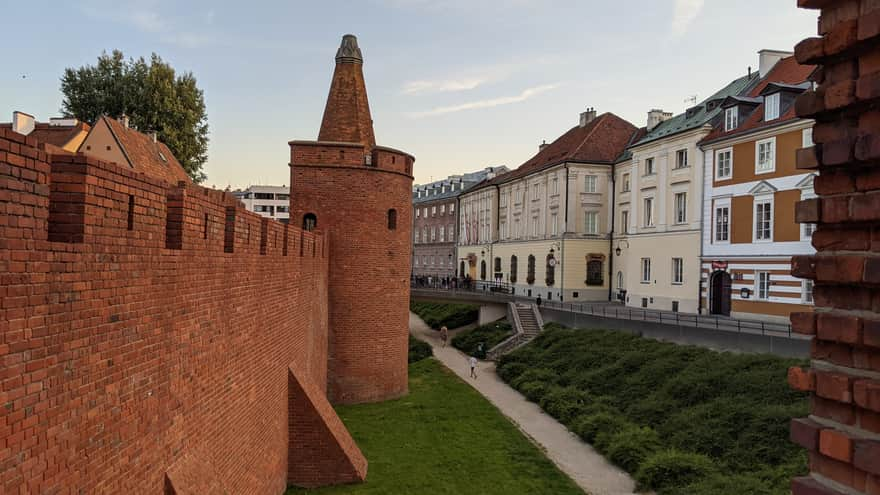

Barbican in Warsaw
The Barbican is a round, brick building extended in front of the walls. The reconstruction of the Barbican was interrupted by World War II. During the war, the building was destroyed and was rebuilt along with the old town.
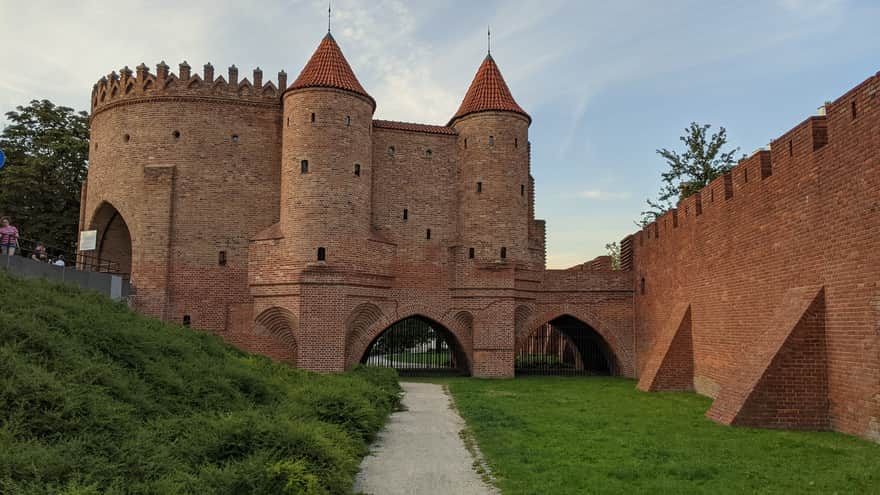
Little Insurgent Monument
Stories about children fighting with weapons in hand during the Warsaw Uprising are not true. Of course, many older boys wanted to fight like this, but the command did not agree. However, children were also participants in the uprising - they helped build barricades, delivered mail, provided wounded soldiers with dressings and sanitary supplies, or worked in field kitchens. In the burning, besieged city, the main routes became canals - it was older children, teenagers, and adults with sturdy bodies who carried letters, medicines, dressings through the canals, and were canal guides.
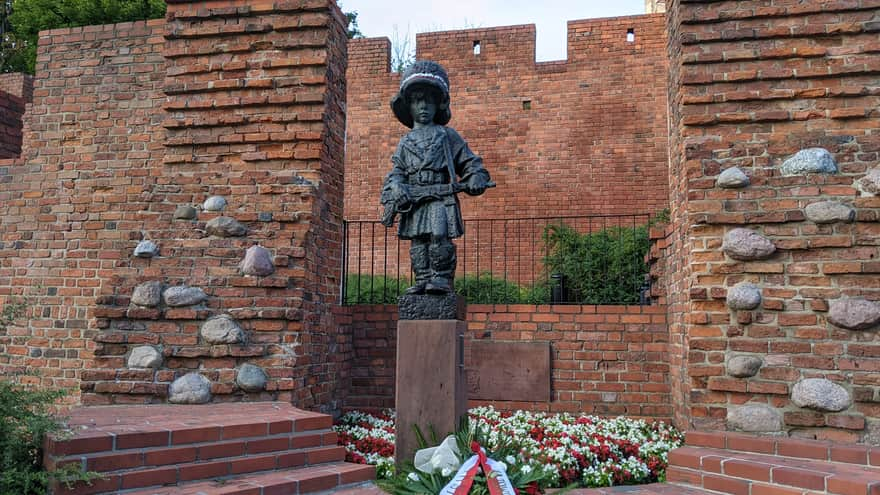
Medieval walls and an insurgent monument? - something's not right here...
I asked my daughter a very tricky question - why was Warsaw, which had such strong fortifications, so completely destroyed during the war? - Yes, I'm a mean mom :) A hint in the form of a slightly different question helped - why don't modern soldiers wear armor and when and why did they stop using it? Only then did my seven-year-old understand that the defensive walls referred to a completely different period of time, when the way of fighting and attacking was completely different from the battles and raids conducted during World War II.
Monument of Wars and Sawa
At the end of the walls is a monument of the fisherman Wars and his wife Sawa, who according to ancient legend founded a fishing settlement on the Vistula, which later became the city - Warsaw.
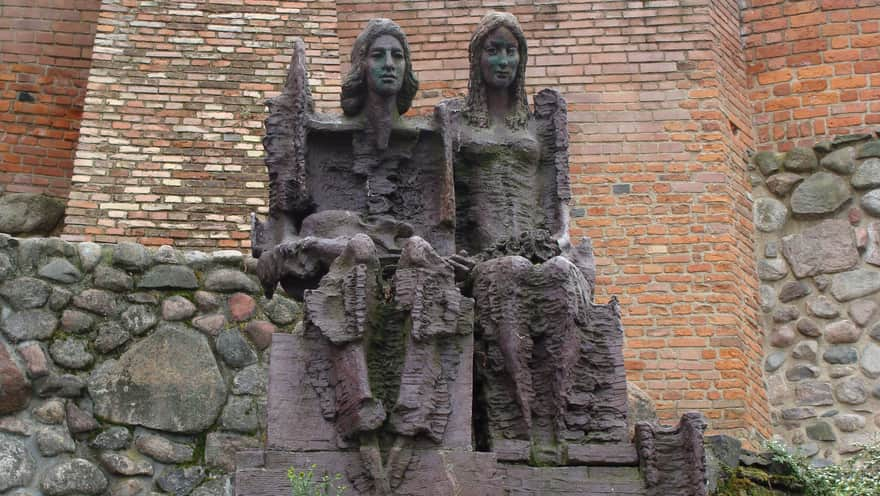
Publish Date:
More in the Region Warszawa (Warsaw)
